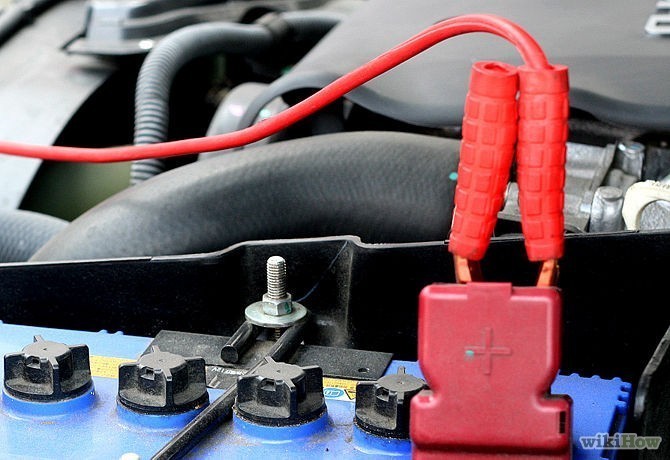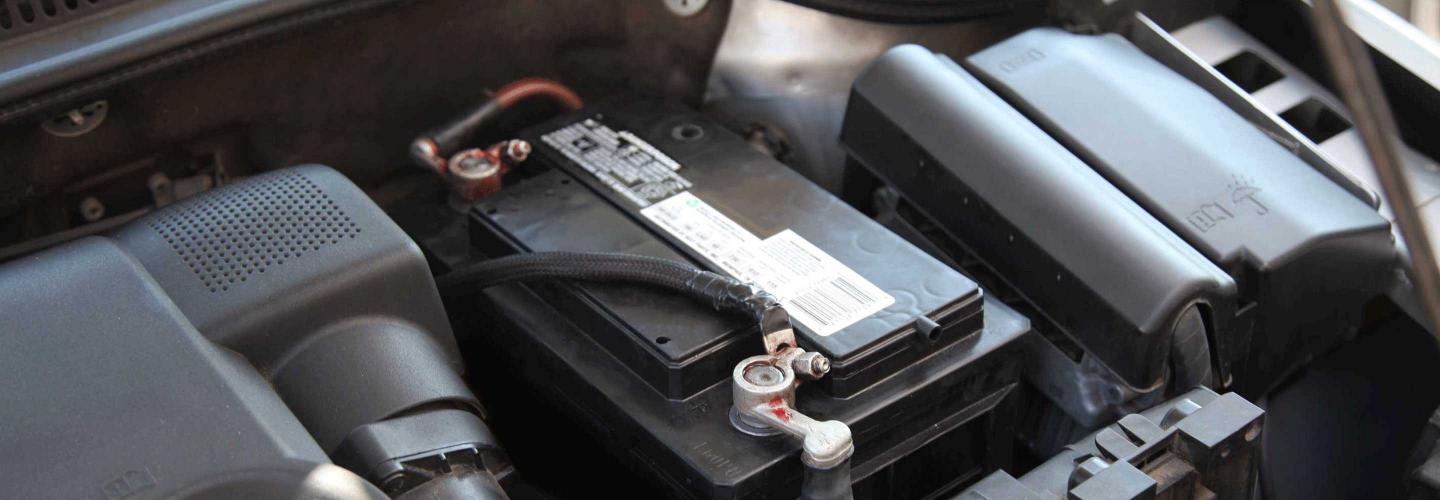Table of Content
Try to take a 30 minute drive on the highway at least once a week to give your alternator the time it needs to fully recharge your battery. Try to start the engine of the car that contains the dead battery. If the jumper cables and the battery you are charging have enough power, the car engine should turn over easily and start. If the engine in the car with the dead battery fails to start, allow five more minutes to pass for the dead battery to charge. If your car battery won’t charge, you need to revive it. The first step is to check if the battery terminals are clean and corrosion-free.
By the way, this fix only works with petrol cars with a manual transmission and front drive wheels. So if your car has automatic transmission, four-wheel drive, or runs on diesel, this method will unfortunately not be applicable. In case you happen to have both an empty battery and an empty jump box, you will first need to charge the jump box, for which you will need access to an electric outlet.
Can A Completely Dead Battery Be Recharged?
Let's look at how long it takes to charge a car battery and what options you have available to recharge it properly. Because cells can not create energy, they have no other way of charging themselves. Simply said, no automotive battery can charge itself, whether it is alive or dead.
However, there are a few instances in which fast charging can cause problems. If the battery is old or damaged, for example, fast charging can accelerate the degradation process. Similarly, if the battery is already very low on power, fast charging can briefly overload it, causing a drop in voltage that can lead to reduced performance. Taking steps such as regularly checking and cleaning the battery terminals, keeping it charged, and storing in a cool place can help extend its lifespan. Regularly testing the batterys charge and performance can also help prevent unexpected failure due to a dying battery. Ultimately, proper maintenance is key to ensuring a long life for your cars battery.
How to Charge a Car Battery
Looking for a mechanic near you for maintenance or repair? Worst case scenario, they’ll tow your vehicle to the mechanic, where you will definitely find out what kept you off the road. But know that you should only use this as a last resort when the other methods we suggested don’t work. Add to this the fact that these small portable batteries are not expensive at all, and you really have no excuse to keep one behind. If the battery is small and very light, thats a lithium ion battery.
But, you should not charge a car battery with a home inverter frequently. A car battery won’t be able to hold charge for charging a car battery with a home inverter frequently. After you checked the home inverter, now you need to connect the battery’s ground or negative cable to the black wire of the home inverter. If you are one of these men, then this tutorial will help you to stay at home.
If My Car Battery is Completely Dead, Will it Charge?
Read the charger's instruction manual to make sure you are using your particular unit correctly. WikiHow marks an article as reader-approved once it receives enough positive feedback. In this case, 84% of readers who voted found the article helpful, earning it our reader-approved status. Thus, along with the adapter, take a 12-volt bulb with power ranging from 5-50. However, it is important to note that the higher the power of the bulb the higher the charging current.

If your car battery’s voltage shows above 13.8, that means your car battery is overcharged. Overcharging a car battery is not good for your car battery. You should charge your car battery with a home inverter when you don’t have another option.
A half full battery will take between 6 and 10 hours to recharge. When it gets to 80%, turn down current to half what it is. If you are using a manual charger, check the voltage of the battery using a voltmeter. This will tell you how low the battery is, and how much time itll take to recharge it.

When faced with a car that wont start, the first thing to do is pop the hood and check for a dead battery. You may be lucky and find the issue is a loose or dirty connection at one of the terminals. If so, correct the problem and try starting the engine again. Electric cars, such as the Tesla Model 3, accompany a common misconception that the "thing" you plug in is the charger. In fact, there is a battery charger inside the electric vehicle that converts the alternating current from the wall into a direct current to charge the battery. If the battery takes the charge and you can restart your vehicle, it might not be totally dead.
You can also try to jump-start it with another battery and charger. If the battery does not register at least 0.5 volts, then it is likely that the battery needs to be replaced. The headlights may seem especially bright after charging a new car battery. New batteries give off an excessive amount of current after undergoing a discharge and recharge cycle, temporarily increasing brightness. Batteries behave this way regardless of how well they are charged, so fret not. As you know, all car battery manufacturers recommend charging your car battery with a car battery charger.

Before turning the power supply on, you have to check all connections properly. Surprisingly, most car owners don’t know the proper way to charge a car battery at home. The clicking indicates that there is some electricity in the battery, but not enough to start the engine. If you remove the alternator from your vehicle, many auto parts stores can test it to ensure it’s the problem before ordering a replacement. If the vehicle runs well, take it out for a short drive to thoroughly charge the battery before turning it off again. You may need to clean the terminals on both batteries to ensure a strong connection.

No comments:
Post a Comment